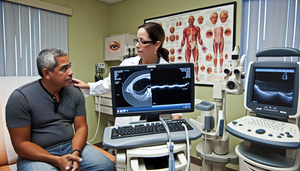
Retinal Detachment Diagnosis: Symptoms, Photopsia, Torn Retina, OCT, and Ocular Ultrasound
Discover how OCT and ocular ultrasound are essential for diagnosing retinal detachment.
Read more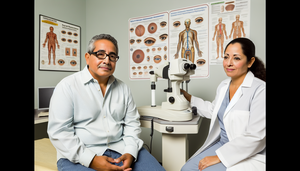
Diabetic Retinopathy Treatment: Laser Photocoagulation, Anti-VEGF, and Strict Glycemic Control
Discover how laser photocoagulation and strict metabolic control are transforming the treatment of diabetic retinopathy.
Read more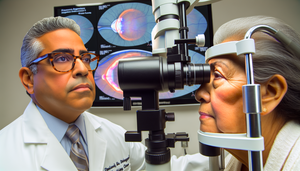
Diabetic Retinopathy Diagnosis: Key Findings from Fundoscopy and Fluorescein Angiography
Discover how advanced imaging techniques enhance the early diagnosis of diabetic retinopathy.
Read more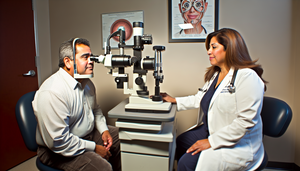
Cataract Diagnosis: Biomicroscopic Examination and Refraction for Blurred Vision
Discover how the slit lamp and visual acuity enhance cataract diagnosis.
Read more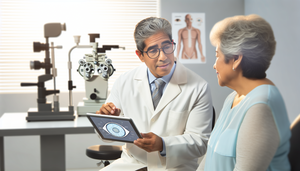
Glaucoma Treatment: Prostaglandin Analogs, Topical Beta-Blockers, Laser Trabeculoplasty, and Filtering Surgery
Explore personalized strategies for glaucoma treatment, from medications to advanced surgery.
Read more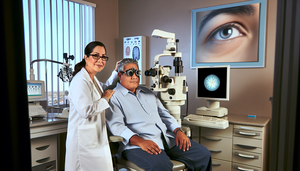
Glaucoma Diagnosis: Intraocular Pressure, Gonioscopy, and Assessing Optic Nerve Cupping in Open Angle vs Closed Angle
Discover how tonometry, perimetry, and optic nerve assessment are crucial for the early diagnosis of glaucoma.
Read more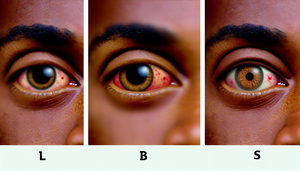
Conjunctivitis Diagnosis: Differentiating Bacterial, Viral, and Allergic Causes with Ocular Discharge and Conjunctival Hyperemia
Discover how to differentiate between bacterial, viral, and allergic conjunctivitis for effective treatment.
Read more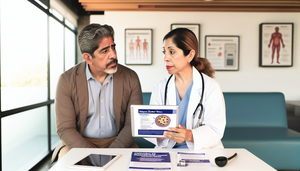
Shingles Treatment: Acyclovir, Pain Management, and Prevention of Postherpetic Neuralgia
Discover how antivirals, analgesia, and vaccination prevent complications of herpes zoster.
Read more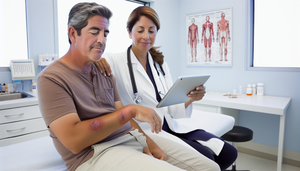
Infectious Cellulitis Treatment: Antibiotics, Abscess Drainage, and Managing Complications
Explore the comprehensive treatment of infectious cellulitis with antibiotics and drainage to prevent complications.
Read more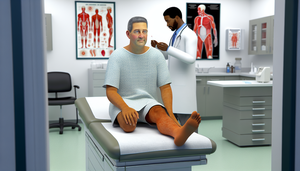
Diagnosis of Infectious Cellulitis: Key Signs like Erythema and Warmth, and the Role of Staphylococcus aureus and Streptococci in Fever
Discover how accurate diagnosis of infectious cellulitis guides effective and targeted treatment.
Read more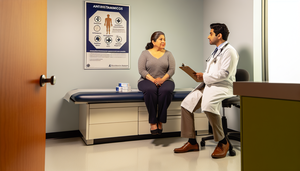
Effective Urticaria Treatment: Antihistamines, Oral Corticosteroids, and Managing Triggering Factors
Discover how H1 antihistamines and trigger management enhance chronic urticaria treatment.
Read more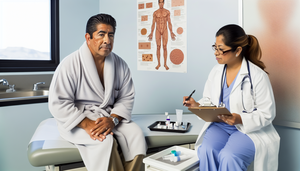
Diagnosis of Hives: Clinical History, Skin Tests, and Acute vs Chronic Urticaria
Discover how a detailed medical history and precise skin tests guide the diagnosis of urticaria.
Read more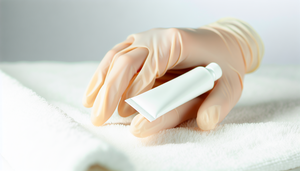
Effective Athlete's Foot Treatment: Topical Antifungals, Footwear Changes, and Hygiene Tips to Prevent Relapses
Discover how topical antifungals and rigorous hygiene can prevent recurrences of athlete's foot.
Read more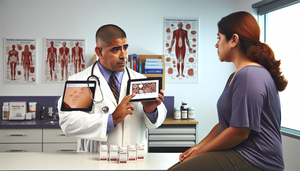
Effective Treatment of Fungal Infections: Topical and Systemic Antifungals like Clotrimazole, Fluconazole, and Ketoconazole, and Resistance Factors to Consider
Explore how topical and systemic antifungals combat mycoses, addressing resistance and prophylaxis.
Read more
Fungal Infections Diagnosis: KOH Examination and Mycological Culture for Ringworm and Onychomycosis
Explore how combining traditional and molecular methods enhances the diagnosis of fungal infections.
Read more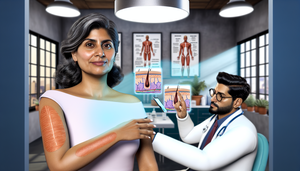
Effective Treatment of Contact Dermatitis: Topical Corticosteroids, Oral Antihistamines, and Irritant Avoidance Strategies
Discover how topical corticosteroids and irritant avoidance are crucial for the effective treatment of contact dermatitis.
Read more
Diagnosing Contact Dermatitis: Patch Tests and Differentiating from Atopic Dermatitis with a Focus on Contact Allergens and Irritants
Discover how patch testing differentiates contact dermatitis from atopic dermatitis.
Read more
Genital Herpes Treatment: Acyclovir, Valacyclovir, and Chronic Suppression Strategies
Discover how antivirals and chronic suppression enhance quality of life in genital herpes.
Read more
Genital Herpes Diagnosis: PCR Testing for HSV-2 and Herpetic Lesions in Sexual Transmission
PCR outperforms viral culture in the accurate detection of HSV-2 in genital lesions.
Read more
HPV Treatment: Cryotherapy, Conization, and Vaccination for Cervical Lesion Management
Explore how cryotherapy, conization, and vaccination are key in the management of HPV.
Read more